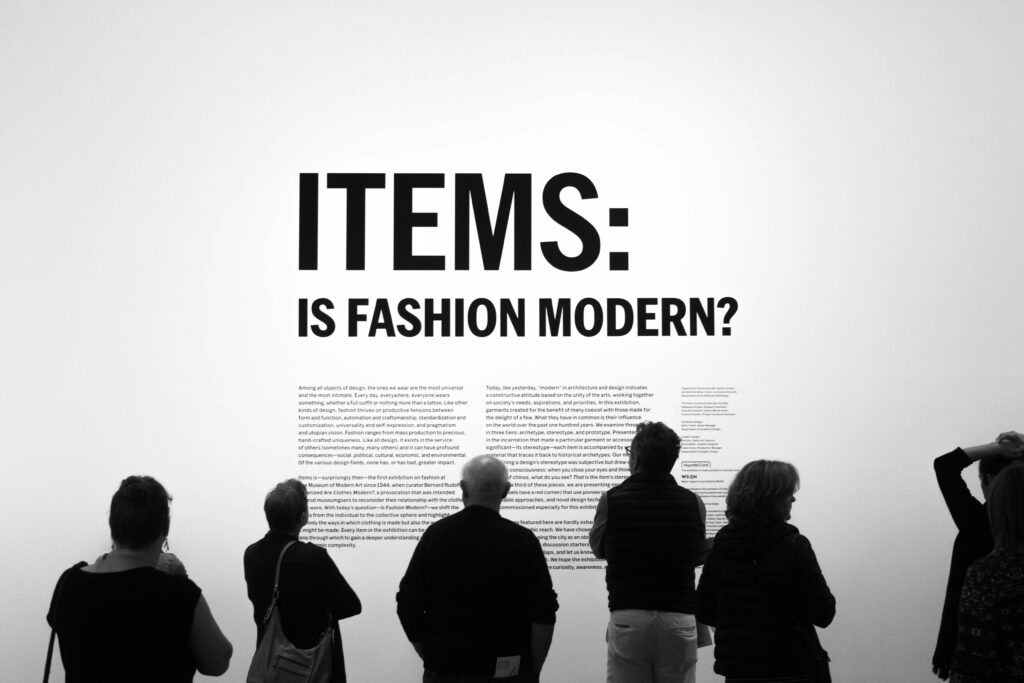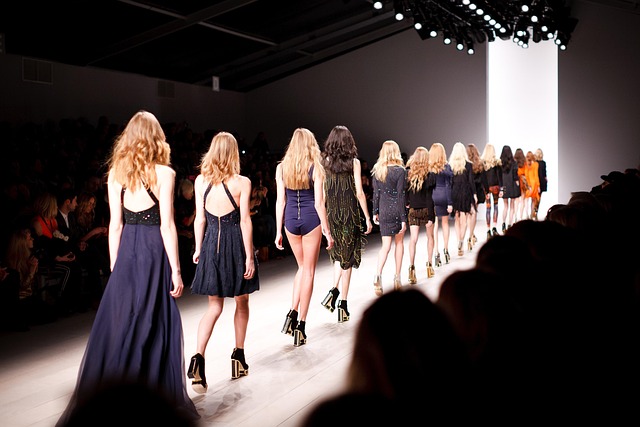The Power of the Spotlight
Celebrity fashion still commands attention—for one simple reason: visibility. When a star steps out wearing something bold, people notice. They’re seen by millions before the runway show even wraps up or before a brand launches its next campaign. One influencer post won’t shake an industry, but a front-row look from Rihanna or a red carpet pivot from Zendaya can steer the whole season.
What’s new is how fast everything moves. Trend cycles used to span months. Now they flip in weeks. A single Awards Night or Met Gala can instantly define what style means for a whole quarter. And with TikTok, Instagram, and even Reddit in the loop, the feedback loop has no lag. If people like the look, it spreads instantly. If they don’t, it’s gone by the morning scroll.
The old boundaries are basically gone. Streetwear appears on red carpets. Runway couture lands on sidewalks. And half the time, an outfit’s most viral moment happens from a blurry airport photo or a backstage vlog. There’s no clear difference between high fashion and hype anymore. Celebrities don’t just walk in gowns—they walk in memes, movements, and mood boards. And the world follows, one swipe at a time.
Trend 1: Quiet Luxury Reigns Supreme
Gone are the days when branding meant louder, bolder, bigger. In 2023, it’s about restraint. Quiet luxury is having a loud moment—and ironically, without shouting. Celebrities like Gwyneth Paltrow and Zendaya are trading logos for clean silhouettes and investing in crisp tailoring, cashmere separates, and pieces that whisper old money rather than scream status.
The appeal? Timelessness. Texture. A wardrobe built to outlast trends. Whether it’s Zendaya in a matte silk two-piece or Paltrow’s courtroom-ready knit sets, the style leans into quality and subtlety. There’s thought behind every cut, every fabric, every proportions play.
And it’s not just on the red carpet or in curated magazine shoots. That lean, elevated look has bled into regular closets, guiding what shows up on Instagram, TikTok, and main street boutiques. The mass adoption of neutral palettes, unbranded trench coats, and solid leather flats speaks volumes—people are craving quiet confidence. Hype is fleeting. Sartorial calm is sticking around.
Trend 2: Genderless Style Breaks Barriers
A-Listers Leading the Conversation
Celebrity culture has always played a pivotal role in reshaping social norms—and fashion is no exception. In 2023, genderless style moved from niche to mainstream, with high-profile figures like Timothée Chalamet, Harry Styles, and Rihanna bringing fluid fashion to the forefront.
- Timothée Chalamet continues to reinvent menswear on red carpets, opting for backless suits and silk blouses that challenge traditional tailoring norms.
- Harry Styles, known for his fearless experimentation, redefines boundaries with lace shirts, pearls, and floral suiting.
- Rihanna blurs maternity fashion and streetwear, blending masculine silhouettes with ultra-feminine elements.
Couture Meets Comfort
Forget rigid gender binaries—2023 is all about flow. Couture no longer means corsets and constraints. Instead, celebrities are embracing personalized, expressive wear that merges luxury with ease.
Some key style shifts include:
- Fluid Fits: Relaxed silhouettes and oversized cuts seen across fashion weeks and red carpet events.
- Fearless Accessories: Pearls, statement handbags, and heeled boots worn by all genders alike.
- Layered Textures: Mixing fabrics traditionally coded within specific gender presentations to build dynamic, personal looks.
Influence on Designers and Fashion Houses
This shift is informing the next wave of fashion innovation. Designers are responding not just with unisex collections, but with runway shows that emphasize identity over categorization.
- Emerging brands are launching with no gender labels at all, instead focusing on fit, feel, and statement.
- Established houses like Gucci and Valentino continue pushing the envelope, showcasing hybrid looks that blend softness with structure.
These celebrity-driven choices are not only reshaping menswear and womenswear—they’re dissolving the distinction altogether.
Trend 3: Vintage Comeback, but with a Twist
Fashion doesn’t forget. In 2023, it’s proving that beautifully. Archival pieces—some tucked away for decades—are making sharp, deliberate comebacks on red carpets and in high-profile appearances. We’re not just talking thrift store throwbacks; these are Dior gowns from the ’90s, Chanel jackets with provenance, and Tom Ford-era Gucci worn like armor.
Behind the resurgence are stylists who’ve traded trend-chasing for time-travel. Armed with fashion archive access and historical fluency, they’re digging deep and dressing A-listers in pieces that carry weight. That Versace dress worn once fifteen years ago? It’s back—with context and purpose. Whether it’s Zendaya channeling 2000s pop divas or Bella Hadid stepping out in a reissued Jean Paul Gaultier corset, the nostalgia is curated, not cliché.
At its core, this isn’t just about looks. There’s a sustainability pulse here. Celebs and their teams are responding to criticism of wasteful fashion cycles by repurposing and recontextualizing. For fans, it hits differently—wearing vintage isn’t only chic, it tells a layered story. It says: I know my references. I respect design. And I’m not here to chase trends. I’m here to echo legacy.
Trend 4: Hyper-Personal, Statement Looks
Custom couture is no longer limited to elegance and polish—it’s now a canvas for full-blown storytelling. Some celebrities are using fashion to speak louder than interviews ever could. Whether it’s Doja Cat turning heads in head-to-toe crystals or Lil Nas X showing up in sculptural, metallic armor, the message is clear: safe is boring.
What used to be considered outlandish is now strategic. These looks aren’t mistakes or stunts—they’re deliberate, layered, and often politically charged. Identity, defiance, celebration—it’s all stitched in. The runway and red carpet aren’t just places to show off luxury fabrics; they’ve become platforms for visual activism and self-definition.
We’re seeing designers and celebs collaborate like co-authors. Outfits start conversations, raise eyebrows, sometimes spark backlash—but they always get noticed. In 2023, fashion’s not just about dressing up. It’s about showing up, with intent and impact.
Trend 5: Digital Fashion & AI Avatars
The red carpet isn’t just a physical place anymore. In 2023, experimental looks started popping up in digital spaces—custom gowns walking virtual premieres, AI-generated couture debuting in metaverses, and avatars showcasing style that defies gravity, budget, and fabric limitations. These aren’t gimmicks. They’re calculated moves.
Celebrities are jumping in with both feet. Some are collaborating with digital fashion houses, while others are launching entire lines made for the virtual realm. Whether it’s a fit worn by 3D avatars in Roblox or one dropped as an NFT, the lines between fashion and tech, presence and projection, are blurring fast.
What’s more, the URL-to-IRL feedback loop is real now. A look first released virtually can find its way to a physical runway—or vice versa—with fans expecting crossovers. The wardrobe isn’t in your closet anymore; it’s in your digital footprint. For celebrities, that means dressing for both lenses: the camera and the code.
Behind the Trends: Who’s Actually Steering the Ship?
In 2023, the most unforgettable celebrity fashion moments aren’t just about the clothes—they’re about the creatives behind the scenes. Stylists, image architects, and fashion consultants have stepped into the spotlight as the quiet forces shaping public perception, brand deals, and global trends.
Stylists as Architects of Identity
Celebrity stylists are more than outfit pickers—they’re brand builders. Their work influences not only red carpet buzz but also long-term public personas. A carefully curated look can redefine a star’s career trajectory.
- Stylists act as strategic image consultants
- They balance trend forecasting with personal branding
- Their choices help celebrities maintain visual consistency across events, campaigns, and social platforms
Power Partnerships That Define the Moment
Behind every headline-making look is often a trusted stylist-client duo. These long-standing collaborations are often the secret sauce to a celebrity’s fashion credibility and evolution.
Notable collaborations include:
- Law Roach & Zendaya — A masterclass in reinvention and style evolution
- Jason Bolden & Yara Shahidi — Effortless elegance with modern influence
- Karla Welch & Justin Bieber — From streetwear to statement pieces
These partnerships go beyond fashion—they’re rooted in trust, creative freedom, and a shared vision.
The Industry is Paying Attention
As these tastemakers take a more central role, the industry is responding—stylists are landing magazine profiles, brand collaborations, and social media followings of their own.
- Fashion weeks now spotlight stylists as influencers
- Major publications credit stylists in features and cover shoots
- New generations of image-makers are building strong personal brands
For a deeper look at these behind-the-scenes forces, read the full article: Influential Celebrities — Movers and Shakers in the Industry.
Wrapping It Up: What These Trends Say About 2023
At its core, 2023’s celebrity fashion wasn’t about blending in—it was about cutting through. The red carpet got riskier, the statements got louder, and personal identity took center stage. More than ever, what celebrities wore wasn’t just about the garment—it was about the narrative. We saw looks that doubled as political messages, rooms transformed into social statements, and fits crafted not for approval, but for attention on their terms.
This year made one thing clear: playing it safe gets you forgotten. Fashion in the spotlight was more personal, more pointed, and pushed further into art and activism. And while some tried to follow the pack, the ones who stood out did so with intention. They didn’t just wear trends—they used clothing to say something bigger.
The takeaway? Clothes are conversation pieces now. And in 2023, celebrity fashion became less about designer labels and more about what those choices revealed underneath it all.




